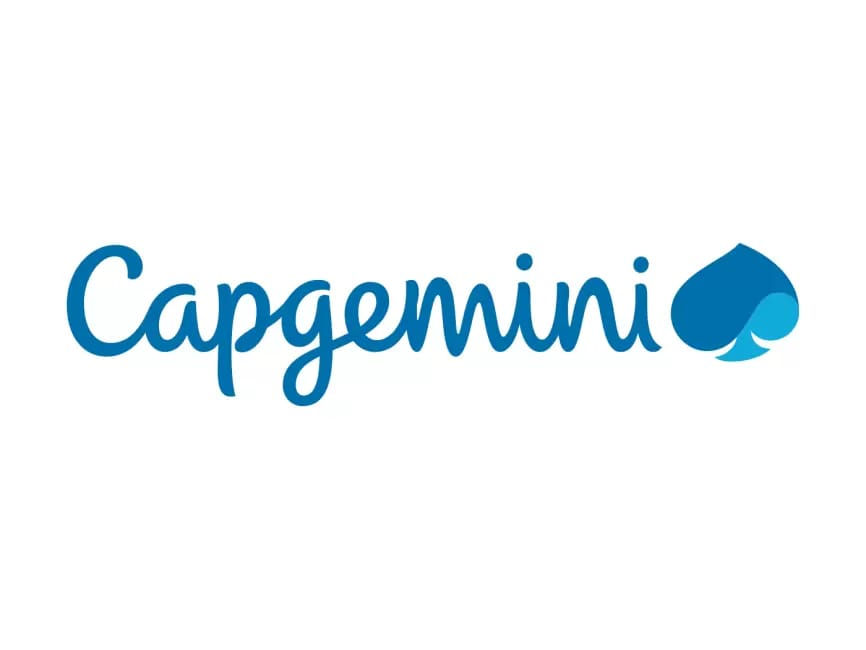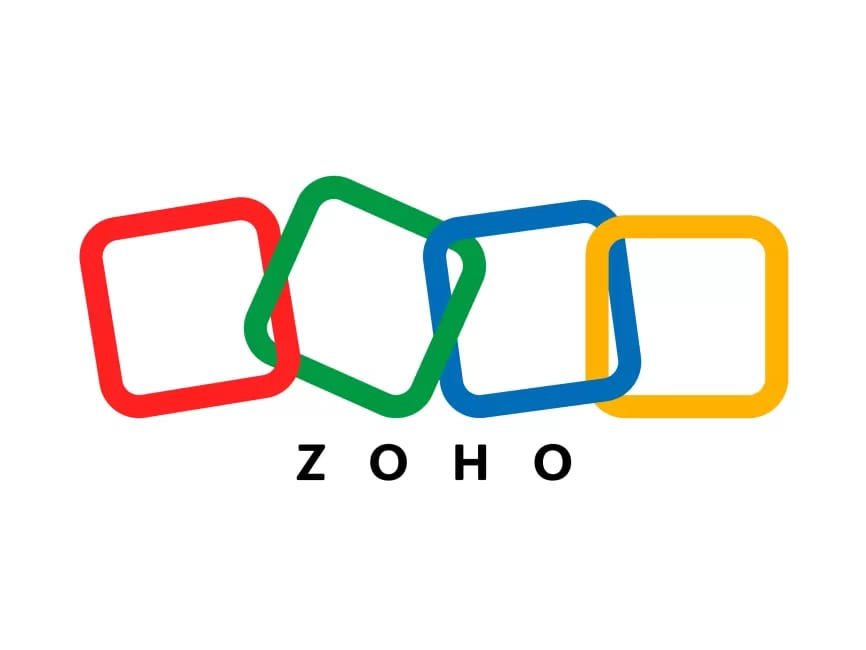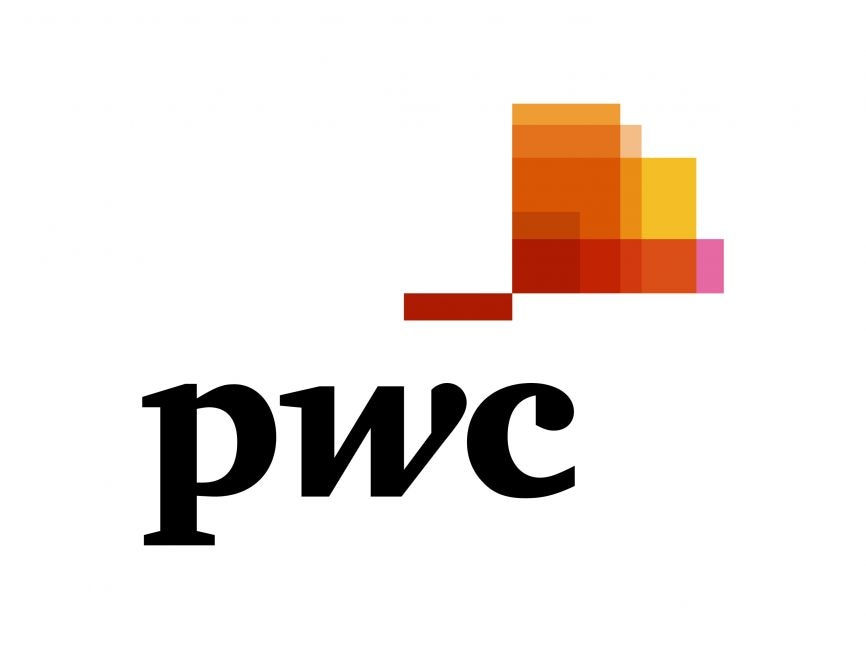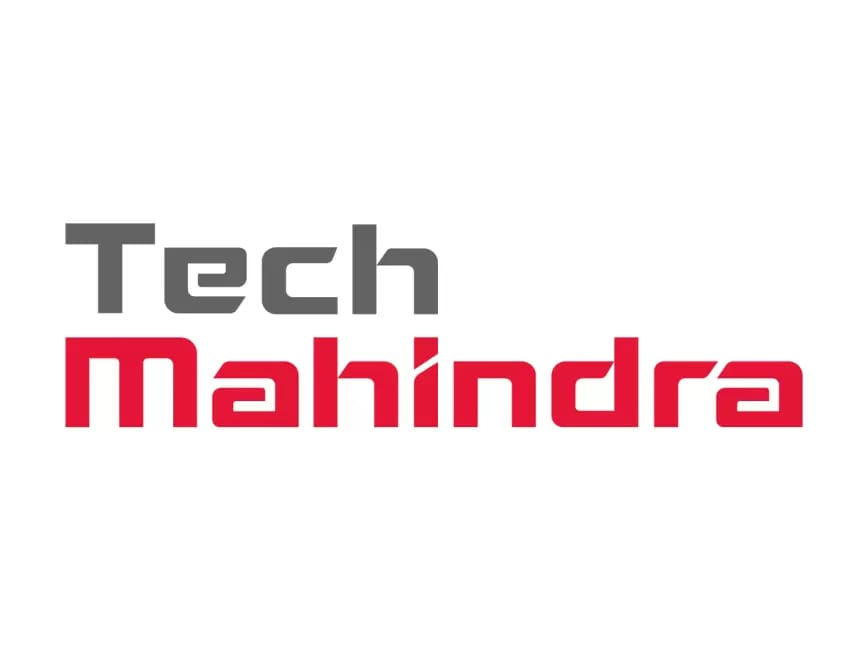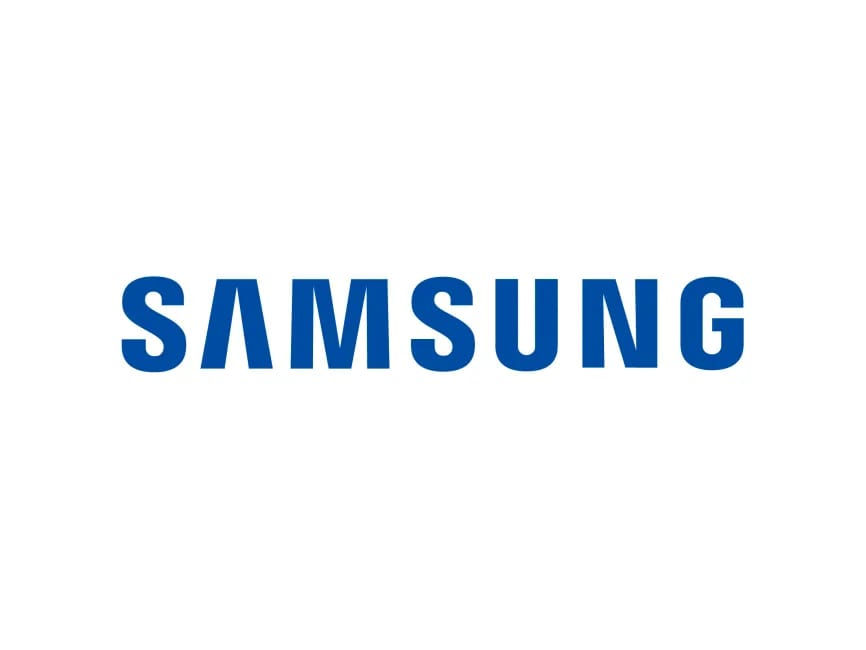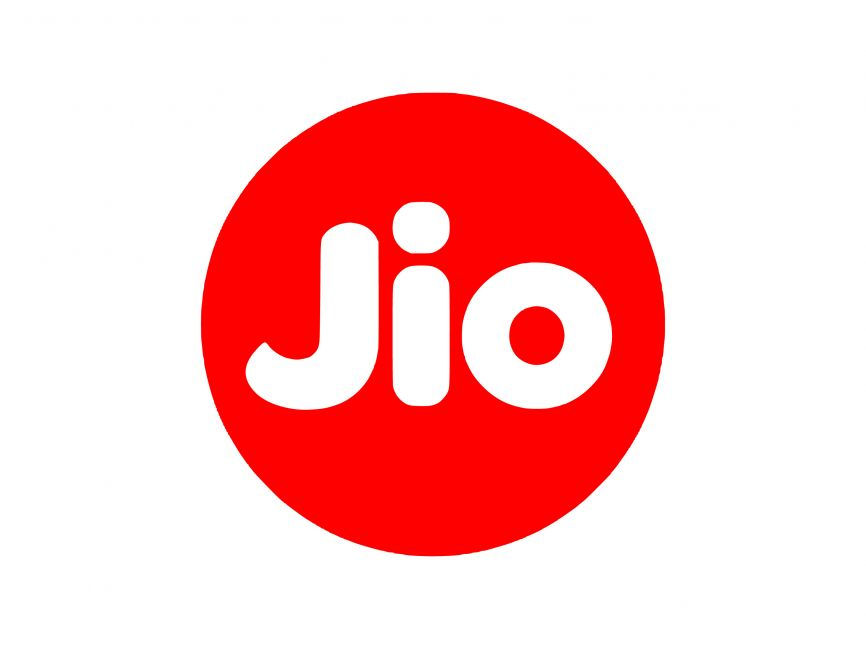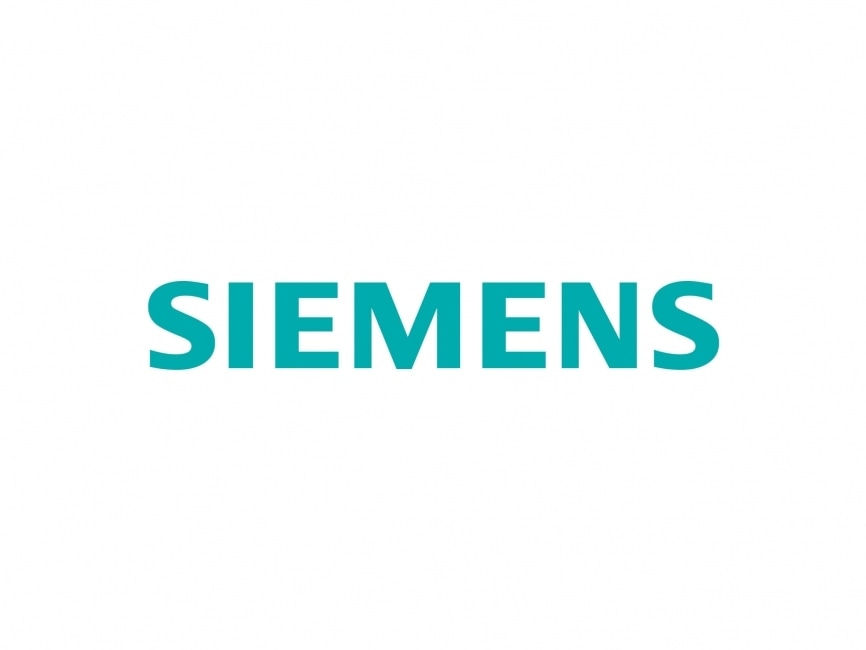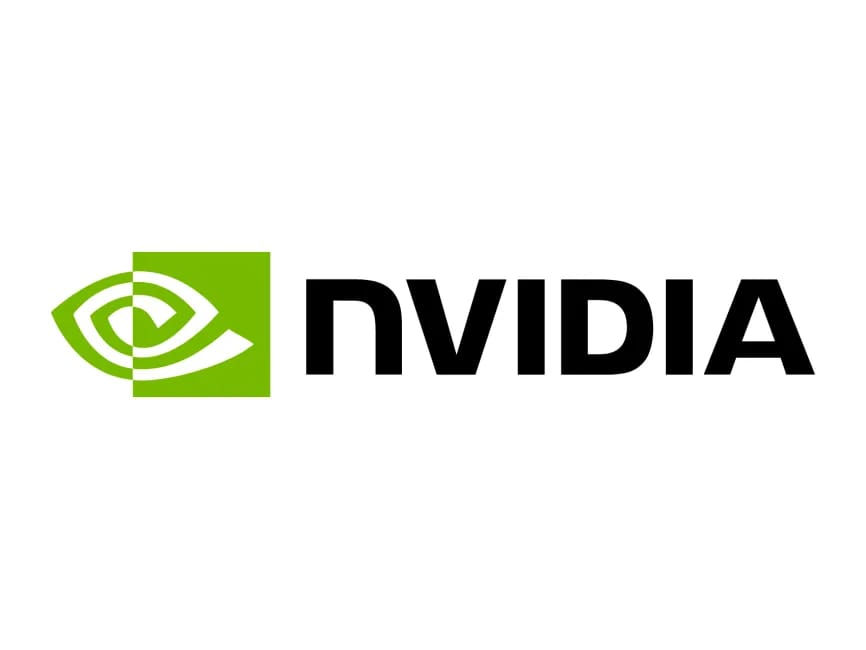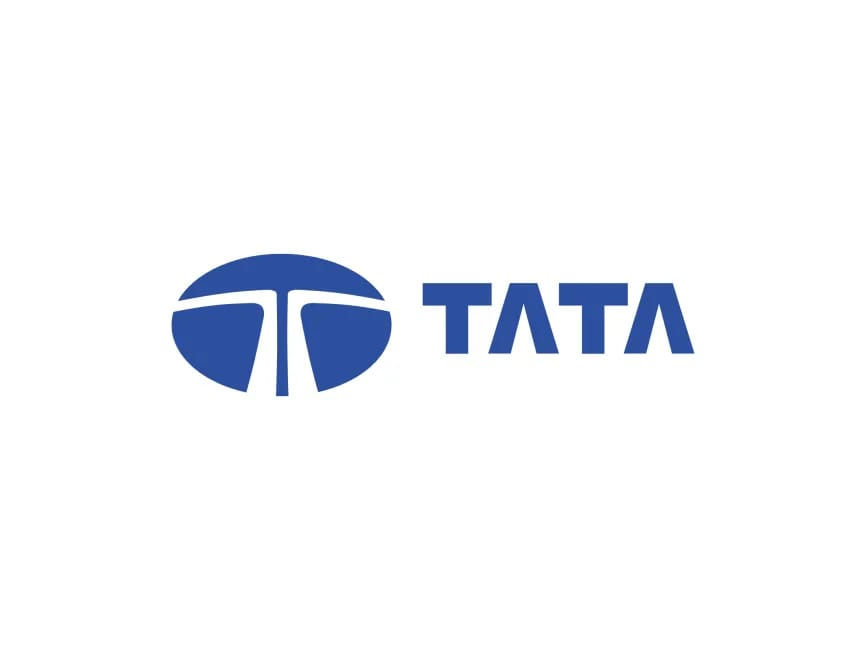Web Development Training
The Web Development Training Program is a comprehensive, hands-on course designed to teach individuals how to build and deploy modern, responsive websites and web applications. It covers both front-end and back-end development, including HTML, CSS, JavaScript, and frameworks like React, Angular, and Vue for the front-end, as well as server-side technologies such as Node.js, Express, and databases like MySQL and MongoDB.
Ideal for aspiring web developers, designers, and anyone interested in pursuing a career in web development, this program offers flexible learning options, expert guidance, and an industry-recognized certification.
4.8
Why Choose Skillairo?
Expert-Led Training
Internship experience
Industry Relevent Curriculum
Hands-On Projects
LMS Access
Comprehensive Tools and Technologies
professional certifications
Career Support
TRAINING PATH
SKILLS COVERED
INDUSTRY PROJECTS
E-commerce Website

Build an online shopping platform with product listings, user authentication, payment gateways, and order management. Focus on a smooth user experience and backend inventory management. The key component include 1.User Interface (UI) Elements The UI of an E-Commerce Website includes a homepage showcasing featured products and categories, intuitive navigation menus, and search functionality. Product pages display images, descriptions, reviews, and pricing details. Additional elements like a shopping cart, wish list, and user profile page enhance usability. The design focuses on responsiveness and a smooth user experience across devices. 2.Backend Architecture The backend integrates a database for managing user accounts, product inventory, and order details. APIs handle communication between the frontend and backend, ensuring secure data transfer. Server-side technologies handle authentication, payment processing, and dynamic content updates. 3.Main Functionalities Core functionalities include product browsing, adding items to the cart, secure checkout, and order management. User account management allows customers to register, log in, and view their order history. Admin functionalities include managing products, inventory, and sales reports. 4.Advanced Features Advanced features include personalized recommendations powered by machine learning, multiple payment options, and live order tracking. Integration with third-party services for logistics and real-time notifications enhances the user experience. Loyalty programs, discounts, and reviews further engage users. 5.External Libraries and APIsKey APIs and libraries include payment gateways like PayPal, Stripe, or Razorpay for secure transactions, Firebase for real-time notifications, and Google Maps API for address validation. Libraries like Axios or Retrofit handle API calls, and encryption libraries ensure data security. Technologies HTML, CSS, JavaScript, React/Angular/Vue.js (for frontend), Node.js/Django/Flask (for backend), MongoDB/MySQL/PostgreSQL (for database), Stripe/PayPal/Razorpay APIs, Firebase (for notifications), Git and GitHub/GitLab, Docker/Kubernetes (for deployment), AWS/GCP/Azure (for hosting), JWT/OAuth2 (for authentication), and RESTful APIs. Outcome The outcome of an E-Commerce Website is a streamlined platform that connects businesses with customers, enabling efficient online transactions. It enhances user satisfaction through features like secure payments, personalized recommendations, and seamless navigation, ultimately boosting business sales and customer retention.
Blog Platform

Create a platform for users to write and publish blog posts, with features like user profiles, commenting, content management, and social sharing. Implement a simple, intuitive interface for authors and readers. The key component include 1.User Interface (UI) Elements The UI of a Blog Platform includes a dashboard for managing posts, a text editor for writing and formatting content, and customizable themes for design. Navigation menus, tags, and search functionality enhance accessibility, while features like comment sections and social media sharing buttons encourage reader interaction. 2.Backend Architecture The backend includes a database for storing blog posts, user accounts, and comments. APIs facilitate seamless interactions between the frontend and backend, while server-side technologies handle authentication, data retrieval, and blog publishing workflows. 3.Main Functionalities Core functionalities include creating, editing, and deleting blog posts, categorizing content with tags or categories, and enabling user comments. Admin tools allow for moderating comments, managing user roles, and tracking website analytics. 4.Advanced Features Advanced features include SEO tools to optimize content visibility, integrations with third-party services like Google Analytics, and scheduling options for publishing posts. Monetization features like ad placements, subscriptions, and affiliate marketing support professional bloggers. 5.External Libraries and APIsKey APIs and libraries include CKEditor or TinyMCE for rich-text editing, Disqus or custom solutions for comments, and Firebase for real-time updates. Social media APIs enable seamless sharing, while plugins or integrations provide extended functionality. Technologies HTML, CSS, JavaScript, React/Angular/Vue.js (for frontend), Node.js/Django/Flask (for backend), MongoDB/MySQL/PostgreSQL (for database), CKEditor/TinyMCE (for text editing), Firebase (for real-time updates), Git and GitHub/GitLab, Docker/Kubernetes (for deployment), AWS/GCP/Azure (for hosting), and RESTful APIs. Outcome A Blog Platform empowers users to share their content with a global audience, fostering creativity and engagement. It supports personal expression, professional branding, and audience building through accessible publishing tools and interactive features.
Event Management System

Develop a system for organizing, promoting, and managing events. Include features such as event registration, ticketing, calendar integration, attendee management, and event notifications. The key component include 1.User Interface (UI) Elements The UI includes an intuitive dashboard for organizers to track event progress, registration forms for attendees, and calendar views for scheduling. Features like search functionality, filter options, and responsive design ensure a user-friendly experience across devices. 2.Backend Architecture The backend integrates a database for managing event details, attendee information, and payment transactions. APIs handle secure data transfer between the frontend and backend, while server-side logic ensures smooth execution of critical operations like ticket booking and notifications. 3.Main Functionalities Core functionalities include event creation, attendee registration, ticket booking, and automated email confirmations. Organizers can manage venues, schedules, and participant lists, while attendees can view event details, register, and make payments securely. 4.Advanced Features Advanced features include real-time analytics to track attendee engagement, QR code-based check-ins, and social media integration for promotions. Multi-tier ticketing, sponsorship management, and post-event feedback collection further enhance functionality. 5.External Libraries and APIsKey APIs and libraries include payment gateways like Stripe or Razorpay for transactions, Firebase for real-time updates, and Google Maps API for venue navigation. Libraries for QR code generation and analytics tools like Google Analytics provide additional value. Technologies HTML, CSS, JavaScript, React/Angular/Vue.js (for frontend), Node.js/Django/Flask (for backend), MongoDB/MySQL/PostgreSQL (for database), Stripe/PayPal/Razorpay APIs, Firebase (for notifications and real-time updates), Docker/Kubernetes (for deployment), AWS/GCP/Azure (for hosting), and RESTful APIs. Outcome An Event Management System enhances event planning efficiency by automating tasks like registration, scheduling, and attendee management. It improves user experiences through streamlined operations, secure transactions, and real-time updates, contributing to the success of any event.
Social Media Platform

Build a platform that allows users to create profiles, post content, follow others, like and comment on posts, and engage in direct messaging. Focus on real-time interactions and scalability. The key component include 1.User Interface (UI) Elements The UI features user-friendly dashboards, profile pages, news feeds, and notification panels. Additional components include search bars, filters, and interactive elements like buttons for liking, sharing, and commenting. A responsive design ensures seamless usage across mobile and desktop devices. 2.Backend Architecture The backend supports a database for managing user accounts, posts, and multimedia content. APIs enable data exchange between the frontend and backend, while server-side logic handles authentication, content moderation, and scalability for large user bases. 3.Main Functionalities Core functionalities include account creation, user authentication, posting and sharing content, and real-time notifications. Messaging, friend/follower systems, and personalized feeds powered by algorithms enhance user engagement and interaction. 4.Advanced Features Advanced features include live streaming, analytics for user activity, and AI-driven recommendations. Integration with third-party services for content sharing, multi-language support, and advertising tools for businesses further enhance platform functionality. 5.External Libraries and APIs APIs like Firebase for real-time updates, Google Vision for content moderation, and AWS S3 for multimedia storage are integral. Libraries like Redux or Context API manage state, while WebSocket or SignalR facilitates real-time communication. Technologies HTML, CSS, JavaScript, React/Angular/Vue.js (for frontend), Node.js/Django/Flask (for backend), MongoDB/MySQL/PostgreSQL (for database), Firebase (for notifications), WebSocket/SignalR (for real-time communication), Docker/Kubernetes (for deployment), AWS/GCP/Azure (for hosting), and RESTful APIs. Outcome A Social Media Platform fosters community building, promotes engagement, and provides tools for content sharing and networking. It benefits individuals and businesses by offering a space for communication, collaboration, and targeted outreach to diverse audiences.
Restaurant Reservation System

Develop a system that allows customers to book tables, view menus, make reservations, and get notifications. Implement an admin panel for managing bookings and customer details. The key component include 1.User Interface (UI) Elements The UI includes an intuitive booking interface with a date and time picker, table availability display, and customer details form. Features like responsive design, interactive seating charts, and confirmation notifications ensure a seamless experience across devices. 2.Backend Architecture The backend includes a database to store reservation details, customer profiles, and table configurations. APIs manage interactions between the frontend and backend, while server-side logic handles real-time table availability updates and reservation confirmations. 3.Main Functionalities Core functionalities include table booking, customer registration, and reservation tracking. Restaurants can manage schedules, seating capacity, and customer preferences, while users can modify or cancel reservations with ease. 4.Advanced Features Advanced features include real-time notifications for booking confirmations and reminders, integration with payment gateways for deposits, and loyalty program support. Analytics for monitoring booking trends and customer preferences further enhance operational efficiency. 5.External Libraries and APIs APIs like Google Maps for location services, Twilio or Firebase for SMS/email notifications, and Stripe or Razorpay for payment integration are key. Libraries like React or Angular ensure dynamic and responsive user interfaces. Technologies HTML, CSS, JavaScript, React/Angular/Vue.js (for frontend), Node.js/Django/Flask (for backend), MongoDB/MySQL/PostgreSQL (for database), Firebase/Twilio (for notifications), Docker/Kubernetes (for deployment), AWS/GCP/Azure (for hosting), and RESTful APIs. Outcome A Restaurant Reservation System simplifies the table booking process, enhances customer satisfaction, and optimizes restaurant operations. By offering features like real-time availability, automated notifications, and analytics, it provides a convenient and efficient solution for both diners and restaurant owners.
CERTIFICATIONS
Get certified in Web Development through our program and receive both a Training Completion Certificate and an Internship Completion Certificate. The prestigious Top Performer Certificate is awarded to outstanding students who performed exceptionally well during both the training and internship phases.



PRICING PLAN
At SkillAiro, we’re committed to making high-quality education accessible to all. We’ve structured our programs with transparent and competitive pricing to suit a variety of learning needs.
WEB DEVELOPMENT INDUSTRY TRENDS
These trends underscore India's expanding role in the global Web Development landscape, supported by a robust IT industry and a growing pool of skilled professionals.
18.8% Annual Growth Rate
The web development sector in India is experiencing significant growth, with the web development market projected to expand from USD 4.1 billion in 2020 to USD 13.8 billion by 2027, reflecting a compound annual growth rate (CAGR) of 18.8%.
According to a report by IMARC Group, the India web development market is expected to grow at a compound annual growth rate (CAGR) of 15.5% during the forecast period from 2024 to 2032.

Source: Grand View Research, IMARC
Other key industry trends
-
In terms of revenue, India accounted for 3.5% of the global web development market in 2020.
-
Country-wise, the U.S. is expected to lead the global market in terms of revenue in 2027.
-
In Asia Pacific, China is projected to lead the regional web development market in terms of revenue by 2027.
-
India is the fastest-growing regional market in Asia Pacific for web development and is projected to reach USD 13.8 billion by 2027.
INR 3.5-15 L Annual Salary
In India, web developers earn an average annual salary of approximately ₹6,50,000, with total compensation ranging from ₹7,00,000 to ₹8,00,000 per year. Entry-level positions typically start at ₹3.5 to ₹5 lakhs annually, while experienced professionals can earn upwards of ₹15 lakhs per year, depending on their expertise and the company.
Salaries also vary by location, with major tech hubs like Bengaluru offering an average salary of ₹8,20,000 per year, followed by Hyderabad at ₹7,50,000 and Gurgaon at ₹7,00,000.
The web development industry in India is experiencing robust growth, driven by the increasing demand for e-commerce platforms, mobile applications, and custom websites. With a projected 18-22% increase in job opportunities by 2025, web development continues to be one of the most sought-after career paths in the country.


OUR OFFICIAL TRAINING PARTNERS
Through partnerships with top-tier institutions, we provide specialized training that is designed to support students' academic and professional growth.

IIM KASHIPUR
AGNITRAYA
OUR ALUMNI WORK AT
Our alumni are already pushing boundaries in their fields. Former students are excelling in high-profile industries and influencing the landscape of tomorrow.








